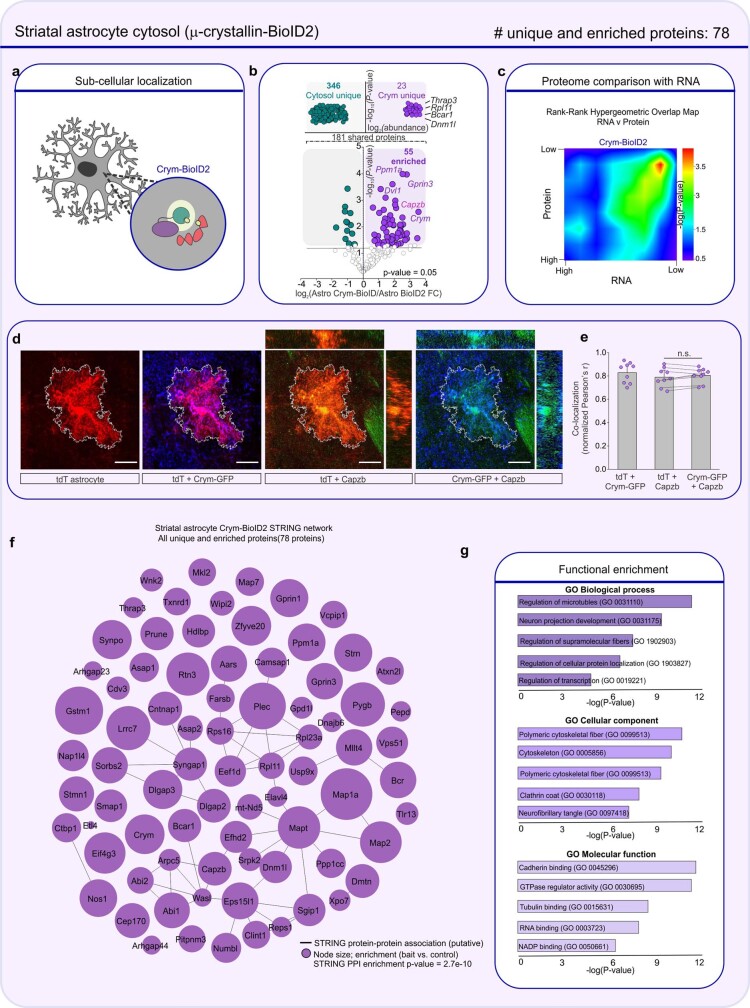Extended Data Fig. 14. μ-crystallin interactome astrocyte card.
a, BioID2 that is targeted with Crym-BioID2 biotinylates proteins that interact with μ-crystallin. b, LFQ comparison of significant proteins (Log2FC > 1 and FDR < 0.05 versus GFP controls) detected in the cytosolic Astro BioID2 and Crym-BioID2 reveal μ-crystallin enriched proteins. Top half of the volcano plot shows 23 unique Crym-BioID2 proteins when compared to cytosol. The top four most abundant proteins for Crym-BioID2 are shown. Lower half of volcano plot shows comparison of proteins that were common in both cytosolic BioID2 and Crym-BioID2. The five highest enriched proteins for Crym-BioID2 are shown. Magenta label shows protein that was validated with immunohistochemistry. c, Heat map shows the rank-rank hypergeometric overlap (RRHO) of the RNA and protein rank for the 78 Crym-BioID2 proteins. Red pixels represent highly significant overlap. Colour scale denotes the range of P values at the negative log10 scale (Bin size = 100). d, IHC analysis of Capzb protein in tdTomato and Crym-GFP labelled astrocytes shows co-localization within the astrocyte territory. Scale bar denotes 20 μm. e, Co-localization analysis using Pearson’s r coefficient shows co-localization between Crym-GFP and Capzb is equivalent to tdT, which is to be expected for these cytosolic proteins. The mean and s.e.m. are shown (n = 8 tdTomato+ cells from 4 mice; Two-tailed paired t-test). f, Scale-free STRING analysis protein–protein association map of the 78 unique and enriched biotinylated proteins identified with Crym-BioID2. Node size represents the enrichment of each protein vs the GFP control (log2(BioID2/GFP)). Edges represent putative interactions from the STRING database. g, Bar graphs show the functional enrichment analysis of all 78 proteins using ‘Biological process’, “Cellular component”, and “Molecular function” terms from Enrichr. Average data are shown as mean ± s.e.m. and all statistics are reported in Supplementary Table 5.

